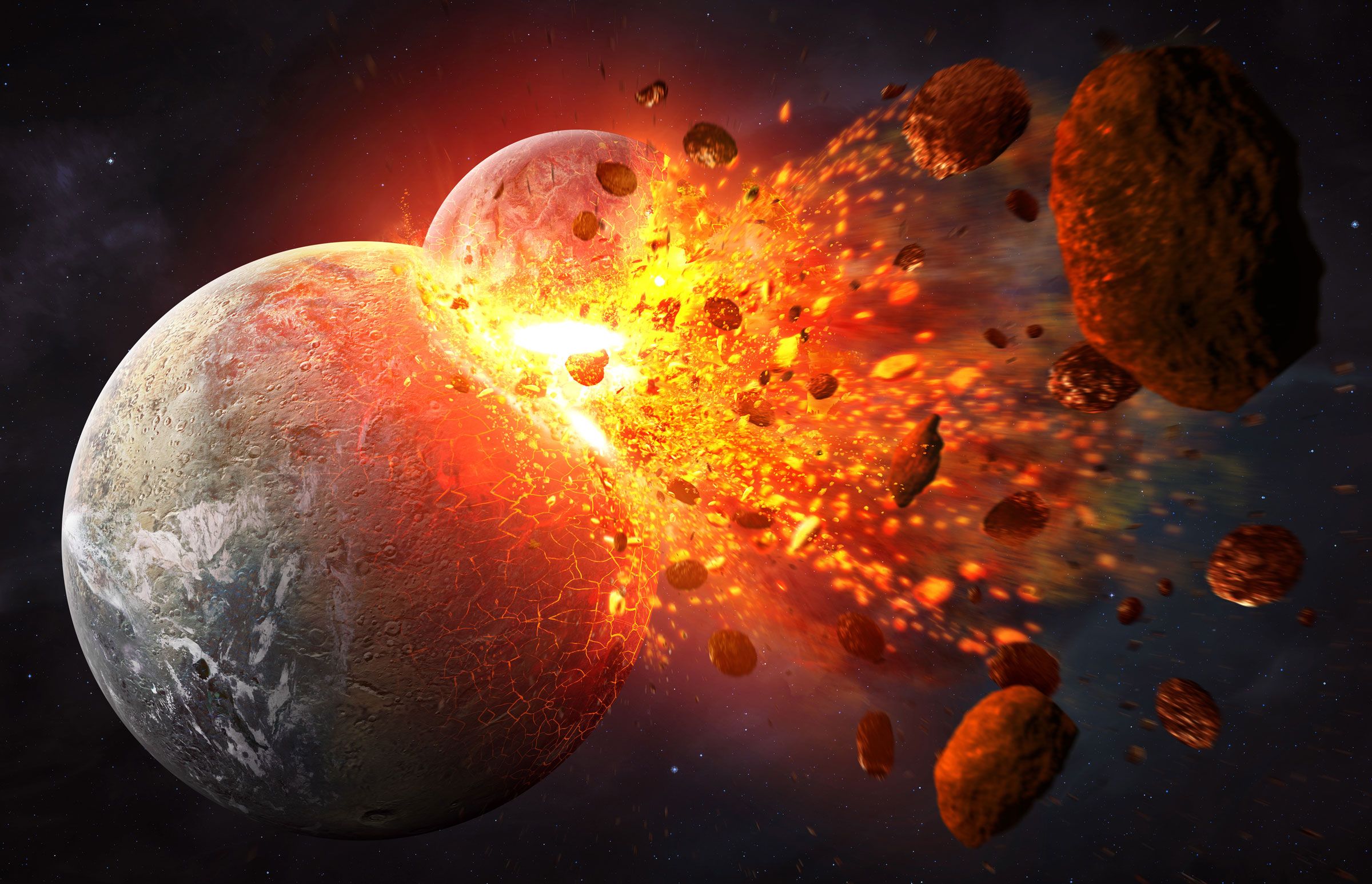A Collision With Another Planet Could Have Allowed for Life on Earth
…

A Collision With Another Planet Could Have Allowed for Life on Earth
Scientists have long speculated about the origins of life on Earth and one theory suggests that a collision with another planet could have played a role in creating the conditions for life to arise.
According to this theory, early in Earth’s history, a Mars-sized planet named Theia collided with our planet, causing a catastrophic event that ultimately led to the formation of the moon.
It is believed that the collision not only created the moon but also brought crucial elements like water and carbon to Earth, which are essential for the development of life.
Some researchers argue that this impact could have also caused the Earth’s core to become molten, creating a magnetic field that protects the planet from harmful solar radiation.
This collision could have also contributed to the tilt of Earth’s axis, which is believed to be crucial for the planet’s climate and seasons, making it more suitable for life to evolve.
While this theory is still debated among scientists, it offers a compelling explanation for how the conditions for life on Earth may have been set in motion by a cosmic collision billions of years ago.
Further research and exploration of the cosmos may help shed more light on the role that such collisions play in shaping the evolution of planets and the potential for life to arise.
Regardless of the exact mechanisms that led to life on Earth, the possibility that a collision with another planet played a role serves as a fascinating reminder of the interconnectedness of celestial bodies in the universe.
As we continue to uncover the mysteries of our solar system and beyond, the idea that life on Earth may have been shaped by a collision with another planet highlights the dynamic and ever-changing nature of the cosmos.






